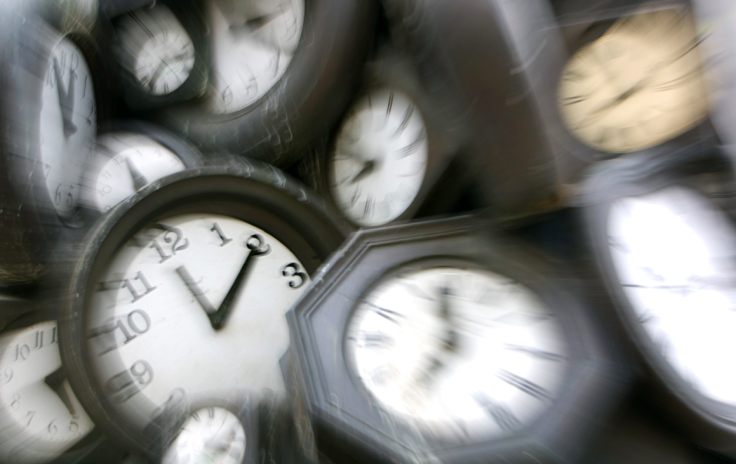When Does Daylight Saving Time End 2015? Everything You Need To Know About Changing The Clocks Back For Fall

Everyone knows that Daylight Saving Time means its time to change the clocks, but why and when are also questions that follow the time change. Not everything is as simple as springing forward an hour and falling back an hour. To discover some of the lesser-known facts associated with Daylight Saving Time, continue reading below:
1. Daylight Saving Time in the U.S. starts on the second Sunday in March at 2 a.m. and ends on the first Sunday in November at 2 a.m., but it wasn’t always this way. Since children are four times more likely to be hit by cars on Halloween night than any other night, trick-or-treaters were given an extra hour of daylight in 2007 to possibly avoid traffic accidents, which pushed back the time shift, Web Exhibits wrote.
2. Many people aren’t a fan of the time change and it has even caused riots in some places. For example, in 1997 there was a “time disturbance” in Athens, Ohio, where Ohio University is located, since partygoers lost an hour of partying when Daylight Saving Time started in March. When the bar tried to close, they threw bottles and chanted “Freedom.”
3. Daylight Saving Time didn’t become a federal law until in 1966 with The Uniform Time Act. The original dates were the last Sunday in April to the last Sunday in October. States were permitted to exempt themselves from participation, CNN wrote. In 1974, Daylight Saving Time was extended to save energy during the energy crisis.
4. There are 70 countries around the world that participate in DST, as Daylight Saving Time is officially abbreviated. China and Japan are not two of them.
5. Daylight Saving Time is also called “Summer Time” in some parts of the world.
6. Losing an hour of sleep can be a risk to your health. Hospital admissions are up 25 percent at the start of Daylight Saving Time because there is a link to increased risk of heart attacks, according to a 2014 study of Michigan hospitals, MSN wrote. Similarly, heart attack risks fell 21 percent when the time changed in November, the same study showed.
7. The time change takes place at 2 a.m. because it’s the least disruptive time of day, Live Science reported.
8. Even though is Daylight Saving Time and not Daylight Savings Time, it doesn’t stop people from saying it. There are 45 million results for “daylight saving time” and 44.9 million results for “daylight savings time,” according to Bing search results.
But seriously ever since the time change my sleeping schedule has been completely off! pic.twitter.com/oEpdeWaytb
— ThirdYearConfessions (@1stYearTeach01) March 21, 2014Follow me on Twitter @mariamzzarella
© Copyright IBTimes 2024. All rights reserved.






















